Focal Cortical Dysplasia Types Affect Seizure Surgery Outcomes
This study looked at 77 patients who had a specific brain condition called focal cortical dysplasia (FCD), which can cause epilepsy.
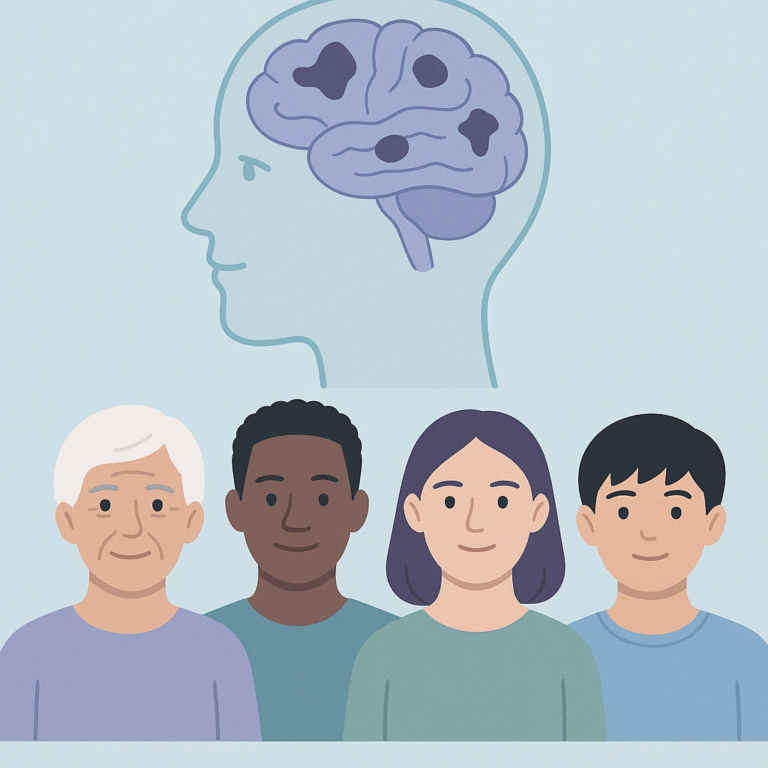
This study looked at 77 patients who had a specific brain condition called focal cortical dysplasia (FCD), which can cause epilepsy.
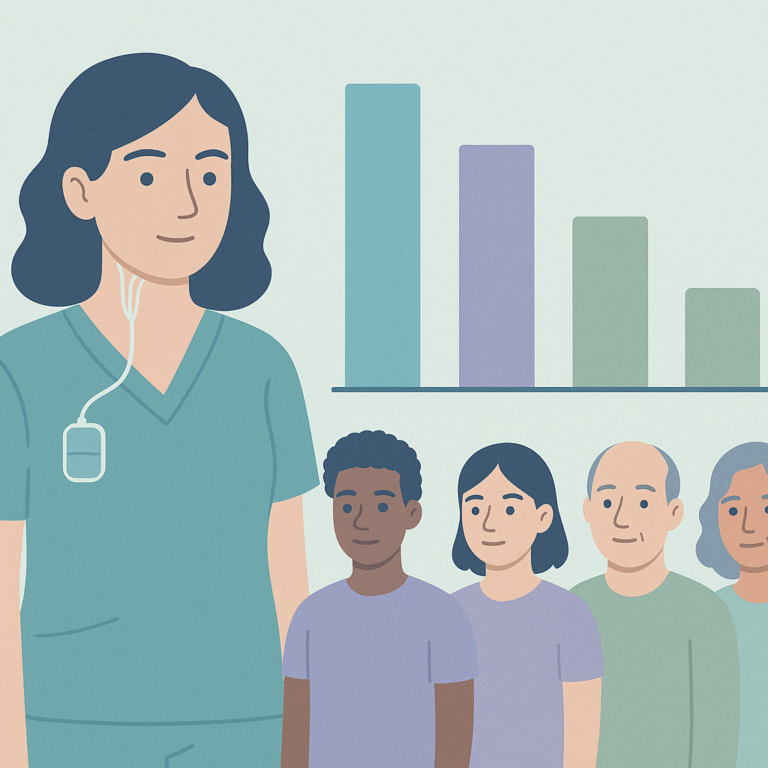
This study looked at how well different people agree on measuring seizure frequency in children with epilepsy who are treated with vagus nerve stimulation (VNS).
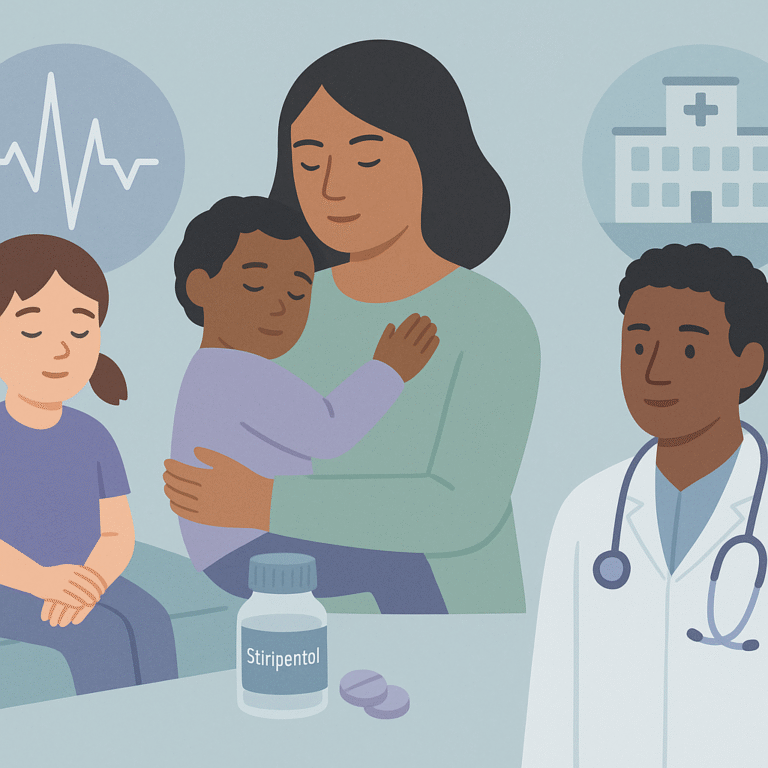
The STIRUS study looked at how effective stiripentol, a medication approved for Dravet syndrome (DS), is for patients in the United States.

The ELUCID study is a research project that looks at older adults, specifically those aged 55 and older, who have developed seizures without a clear cause, known as late-onset unexplained epilepsy (LoUE).
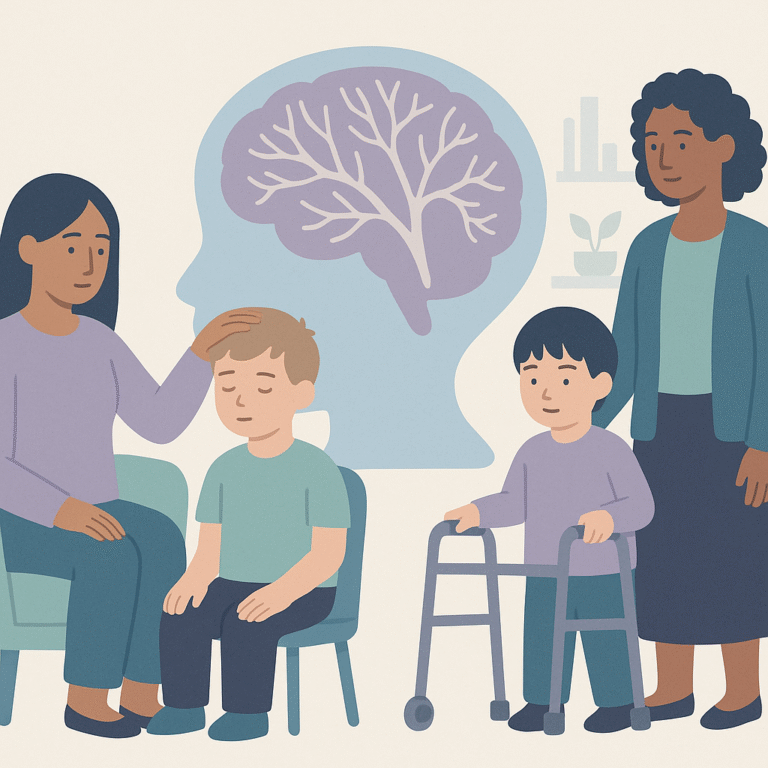
This study looked at children diagnosed with Alexander disease (AD), a rare neurological condition, over the past ten years.
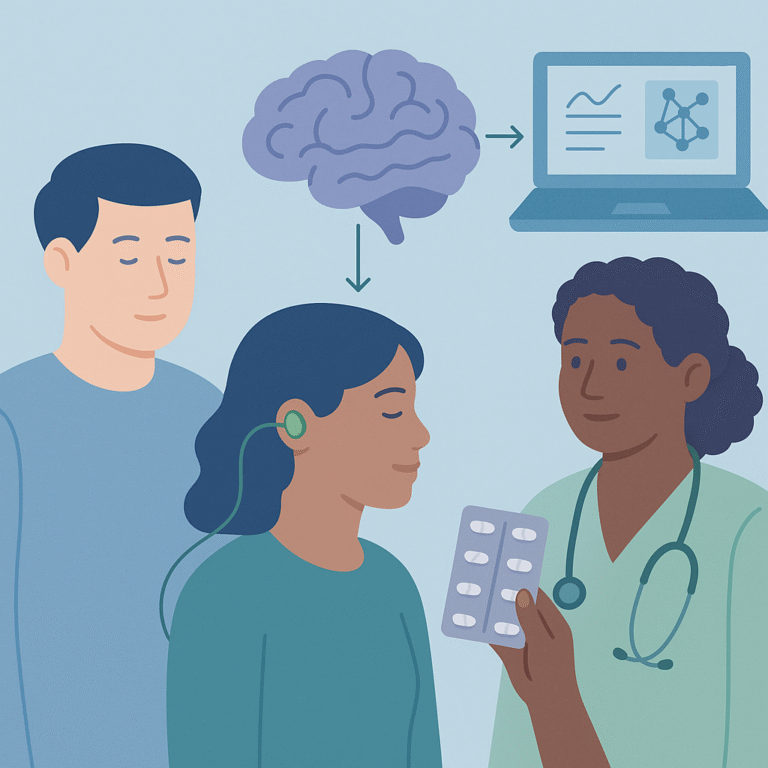
This study looked at how machine learning can help predict which patients with drug-resistant epilepsy might respond well to neuromodulation therapies, like vagus nerve stimulation (VNS).
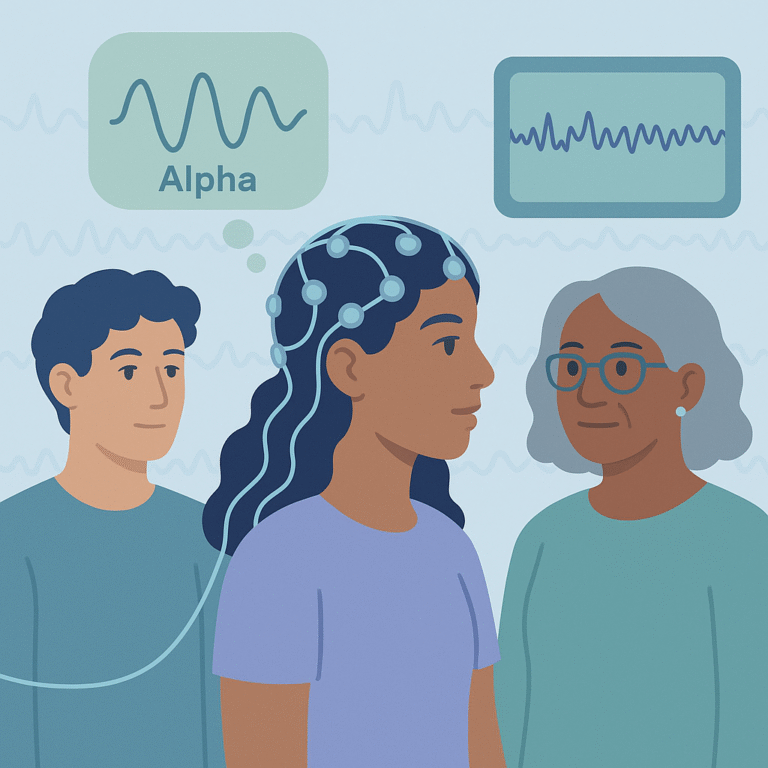
Researchers studied how brain activity, measured through EEG, relates to cognitive difficulties caused by antiseizure medications in people with epilepsy.
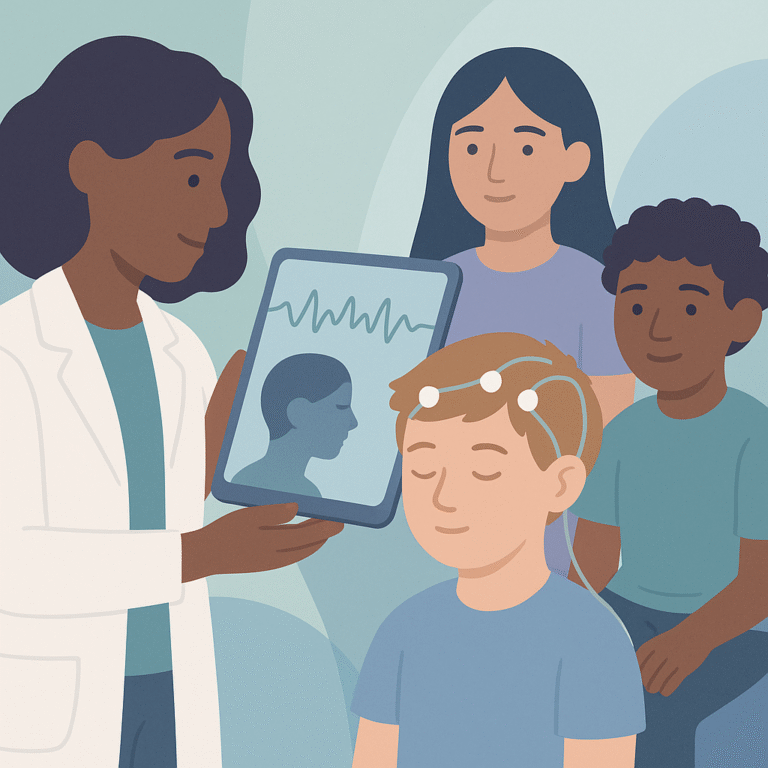
This study looked at how well a new questionnaire-based tool can help classify seizure types in children with epilepsy.
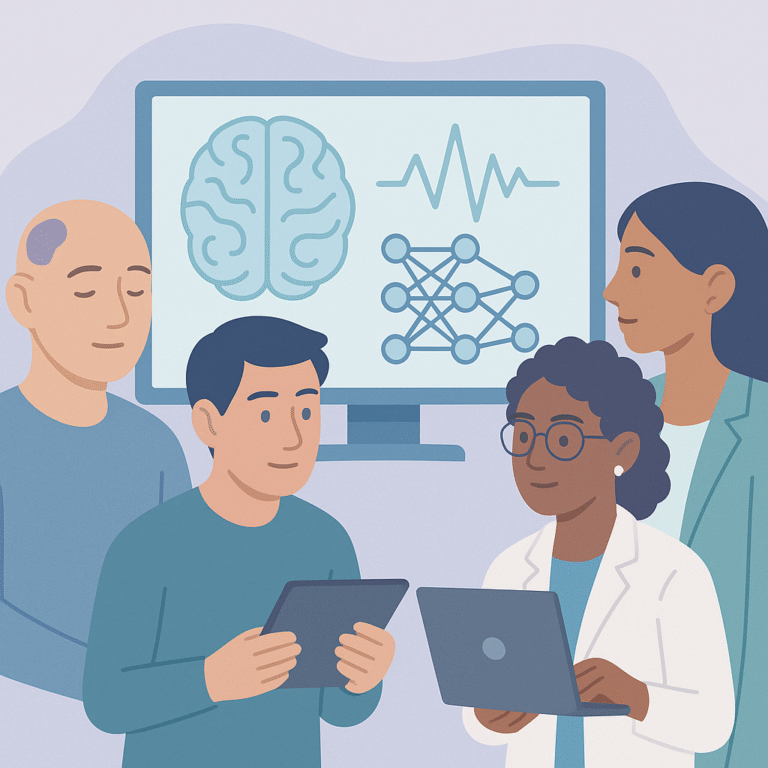
Researchers studied how well machine learning (ML) models can predict seizures in patients with glioma-associated epilepsy (GAE), a common issue for people with gliomas, which are a type of brain tumor.